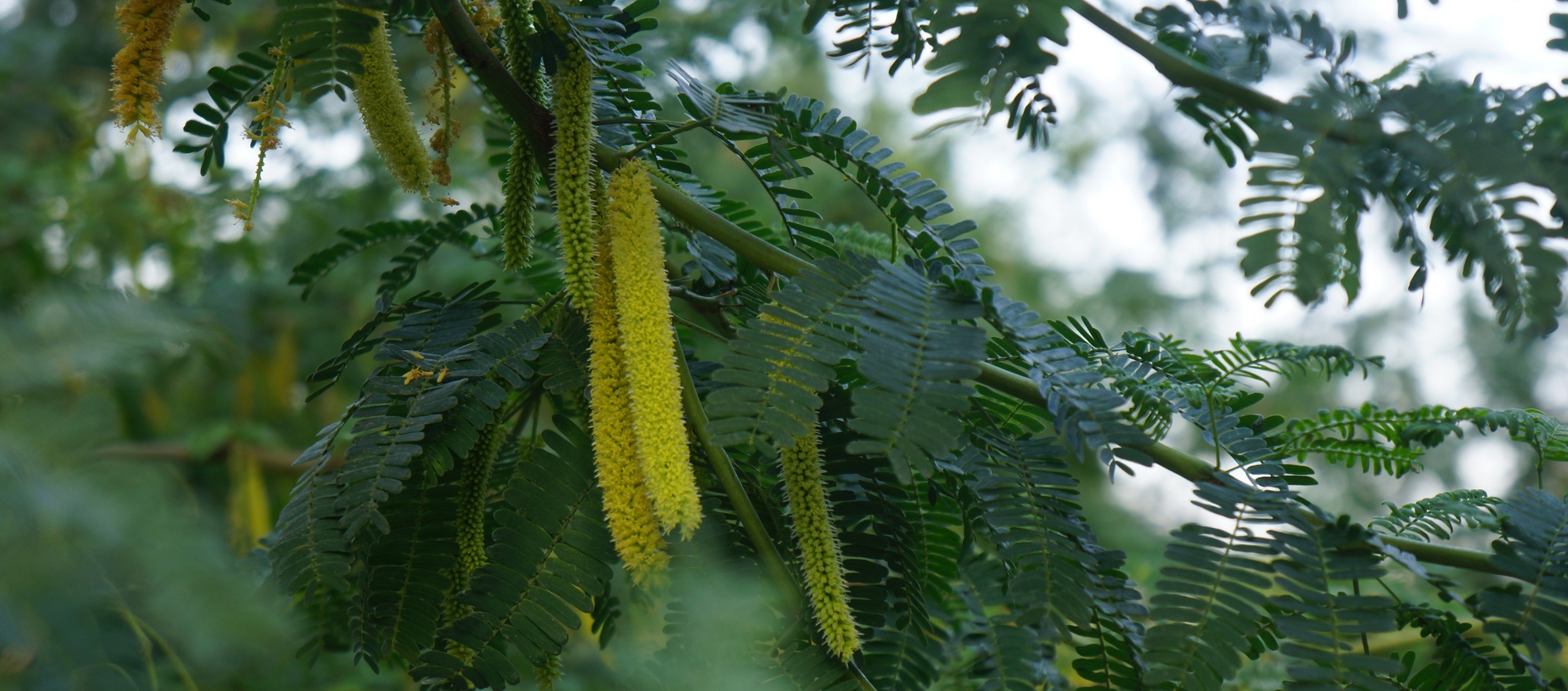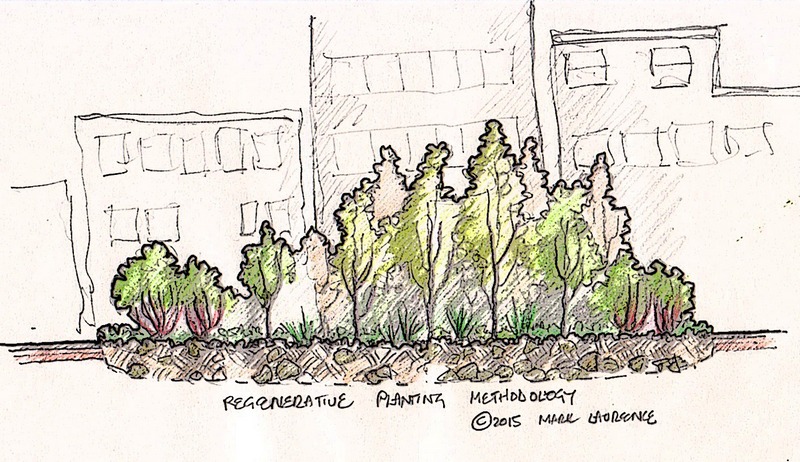Almost all urban landscapes are contrived and designed, due to their artificial nature and short timescales of development and use. We see increasing use of mature rootballed trees and extensive hard landscape and this is normal for intense inner urban areas; I do get concerned that the increasing complexity of urban planting systems divorce trees particularly from their natural functions and prevent the occurrence of the biological interactions/communities that go to make up an ecosystem. For example, I have seen trees planted whose surface levels are around a metre below the surrounding paving level. No matter how well designed, this seems fundamentally wrong to me.
So I’m thinking that there must be a way of dealing with the majority of less intense landscape zones (especially where there isn’t the financial budget that a high-end development attracts) to provide urban regeneration, ecological restoration and biophilic connection, all on a modest budget. This would create a new method to allow for wide-spread adoption in urban and suburban zones. I think the solution comes from Nature’s own process of natural regeneration and a developed philosophy of minimal (but specific) preparation.
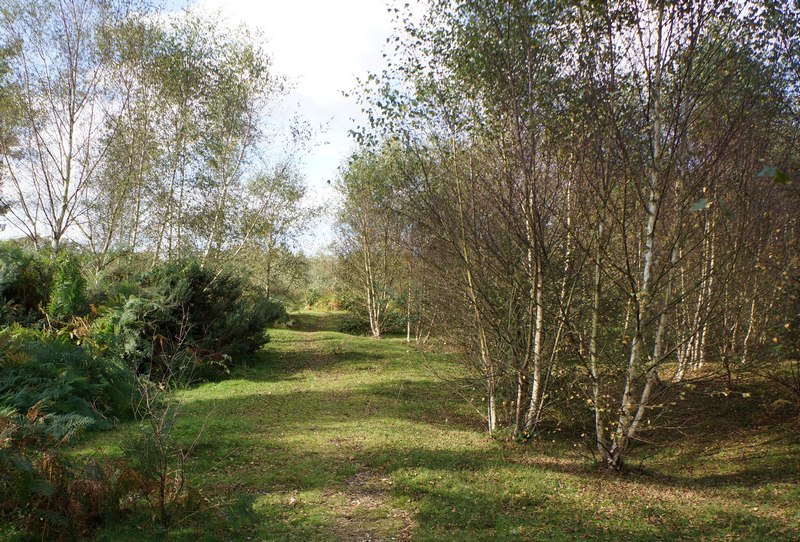
Starting from the observation that Nature is very efficient at regenerating itself, what can we do? Too often, I have seen unnecessary interference in this process. I still recall that a few years after the great storm of 1987, I walked through some nearby National Trust woodland of pines and birch. A great deal of damage had been done with many trees blown over. Birch had however, regrown abundantly from dormant seed and was already three or four foot tall. The NT then sent in the bulldozers to clear out the fallen wood so the area could be – replanted. I watched them tracking over all the natural regeneration. Why didn’t they just leave well alone? The restoration of the woodland was only slowed down by such clumsy interference and this was not even a productive forest.
If we simply broke up paving in our urban centres and loosened up the sub-base, what would happen? Nature would soon find a footing and things would start to grow; however, that process would be too slow and unpredictable for human sensibilities. So what if we did a little more, adding a small amount of topsoil to the rubble, planting small (1+1 year transplants) bare root trees and shrubs, with plugs of understory forbs, ferns and grasses. Starting so young, we’d generate a successful community in no time. These could be designed as narrow ribbons – two to four metres wide, inserted into suitable wider areas of paving.
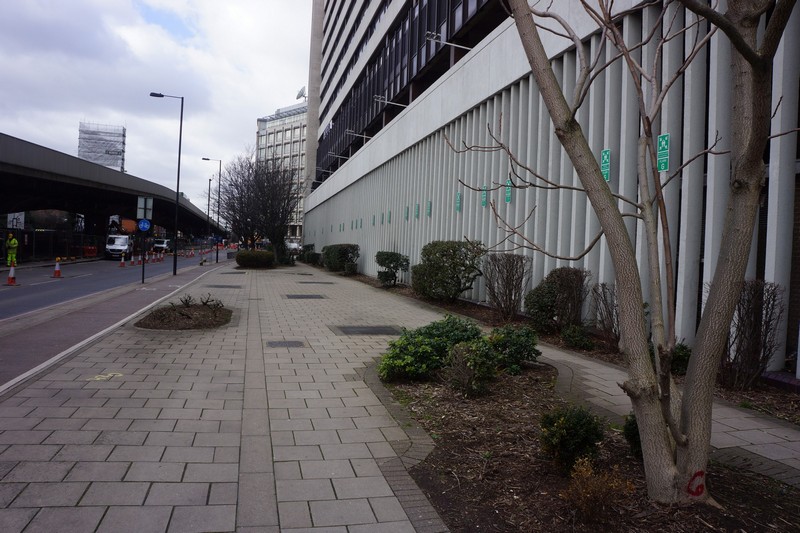
The above area was one I thought would be suitable for such an approach; there are many such areas throughout all urban spaces. They cry out for regeneration, yet seldom can this be done for lack of adequate finance. Below is a quick sketch showing how it might look.
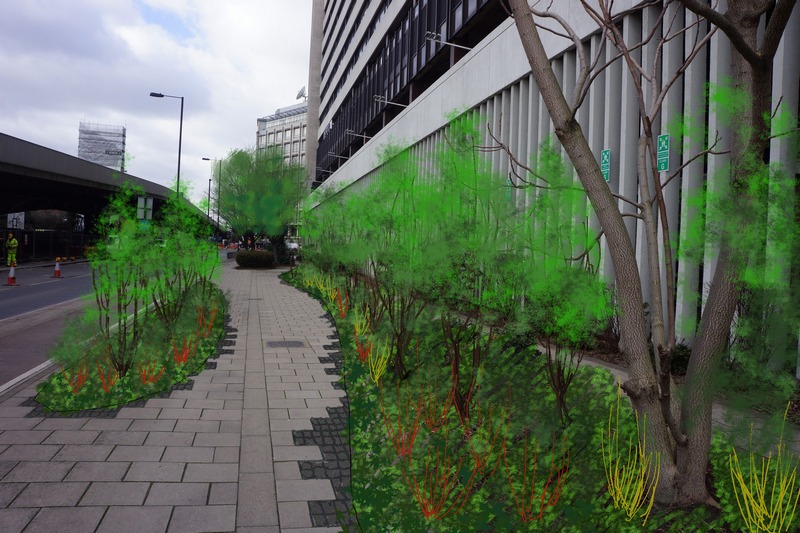
The benefits of such an approach would be huge. It would cost far less than using a traditional approach to landscaping such an area, maybe half (I haven’t costed it!). The care would move from maintenance to management, using a rotational coppice methodology, rather than trim and tidy (which always ruins a plants natural habit. Biodiversity would be hugely enhanced, air pollution mitigation would increase, wind buffering, urban heat island reduction, stormwater runoff (they would act as rain gardens) and of course, our biophilic needs, our connection to nature.
Someone needs to be bold and try it; talk to me…
